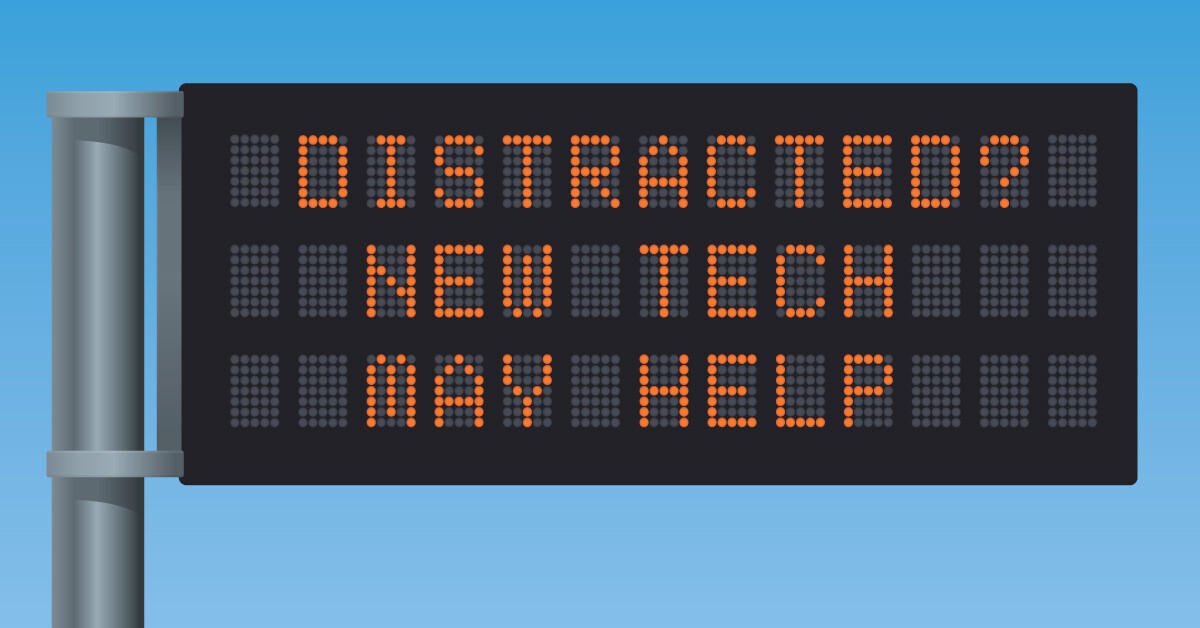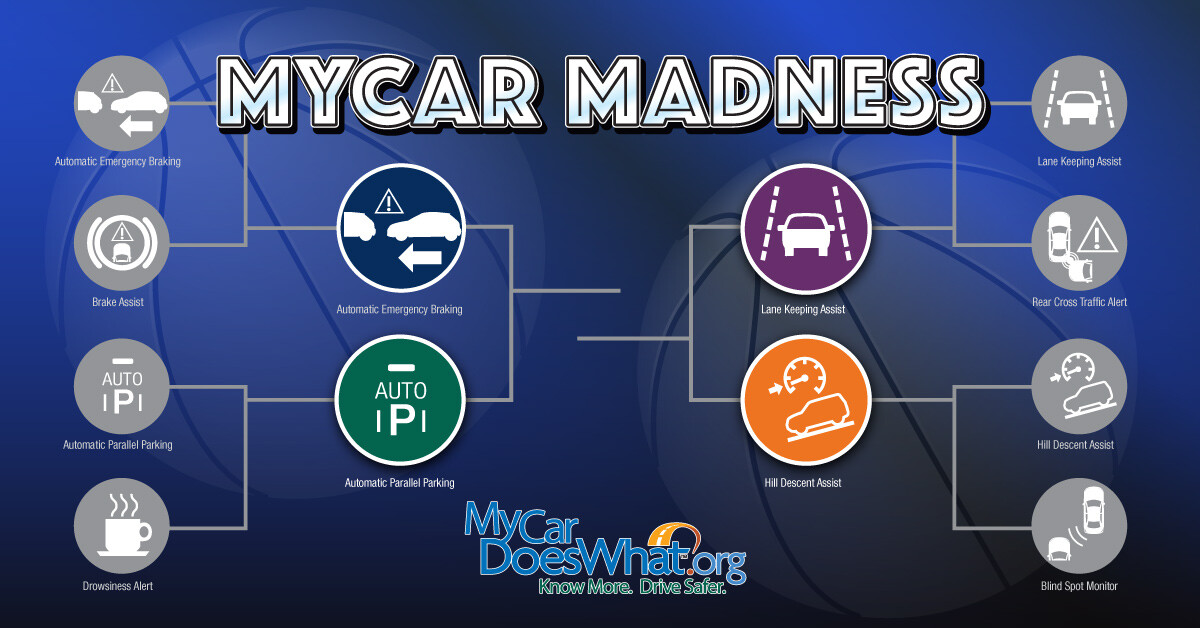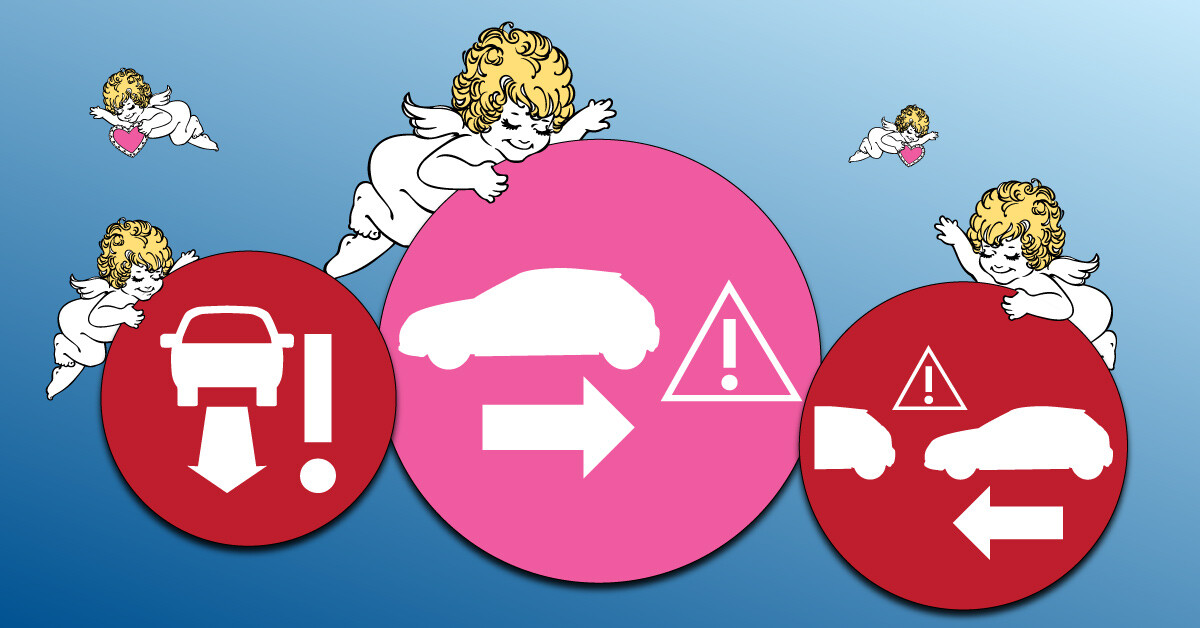Posted on April 28th, 2017
THE PROBLEM IS THE SOLUTION
 Distracted Driving May Be Solved by Technology
Distracted Driving May Be Solved by Technology
The slogans are good.
- Better off Unread Than Dead.
- Arrive Alive, Don’t Text and Drive.
- Just Drive!
But there seems to be a never-ending barrage of new distractions for drivers. Our fascination with smart phones is essentially an addiction. The case could be made that mobile technology has led us down the road to distraction. Now technology may remedy or at least lessen the effects of distracted driving.
Let’s remember distractions are human nature, and they’re nothing new to drivers. Even before smart phones, GPS and infotainment systems, we rode with a carload of distractions: music, talk radio, passengers, pets, snacks, dashboard icons, road signs, that little piece of pork roast stuck between your teeth. Distracted driving causes thousands of traffic deaths annually. But safety features may step in when we have momentary lapses of attention. These devices are being added to cars at all price levels, not just luxury cars. They include:
- Lane Departure Warning/Lane Keeping
- Pedestrian and Object Detection
- Blind Spot Warning
- Forward Collision Warning
- Adaptive Cruise Control
- Automatic Emergency Braking
The Insurance Institute for Highway Safety estimates that Automatic Emergency Braking (AEB) alone could reduce crashes up to 40 percent, preventing as many as 28,000 crashes a year. This technology is so reliable and so affordable that auto manufacturers are volunteering to add this feature to most new cars by 2022. Today in 2017, AEB is available in cars that sell for around $20K.
Smart phone makers thought voice recognition would help. It meant you could just talk and the phone would spell out your text. Turns out this made the situation worse since people have to correct the typo-ridden text created by the phone.
While slogans may urge us to think twice about texting, substantial shifts in driving behavior may only come when mandated by laws. Remember the hit tune “Buckle Up For Safety” or the stern billboards “Click it or Ticket”? Effective or not, change came to seat belt usage only when the long arm of the law stepped in. Now 90.1 percent of those riding in the front seat wear seat belts.
So what will it take to change behaviors, for drivers to wake up to the dangers of distracted driving? That’s a question without an easy answer, but new laws, increased public awareness and maybe even technology in the form of smart safety features, can help intervene when we are distracted. These assistance systems are getting better every year. The data so far looks very promising—what we hope will lead to a zero fatality future.




